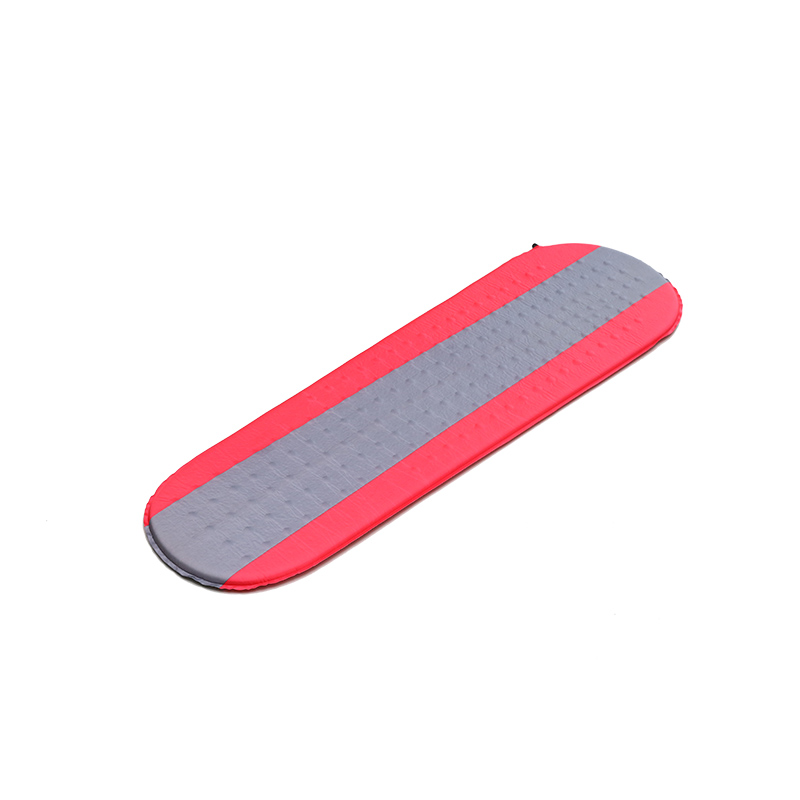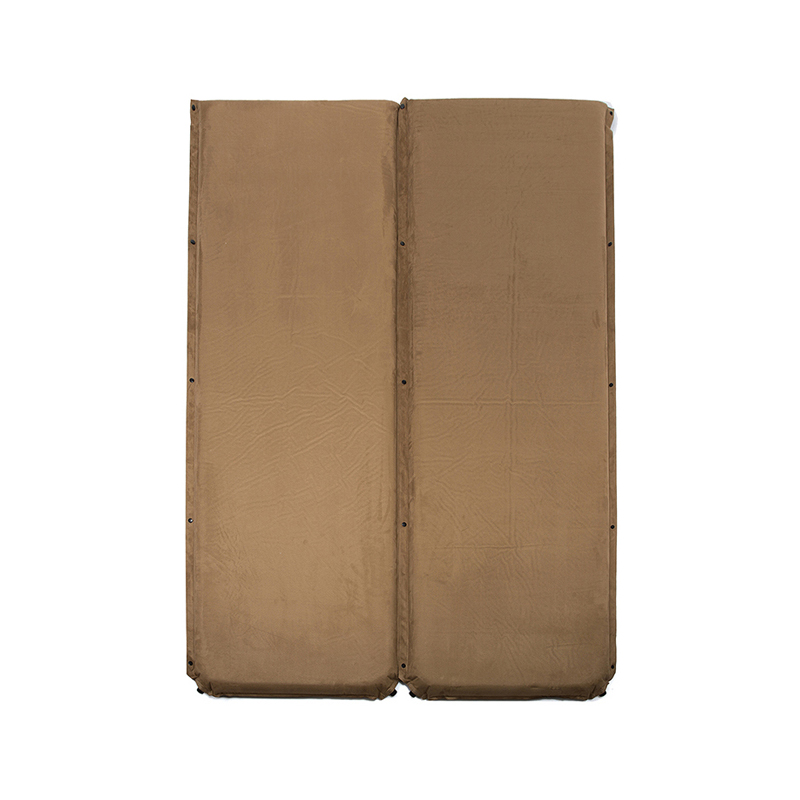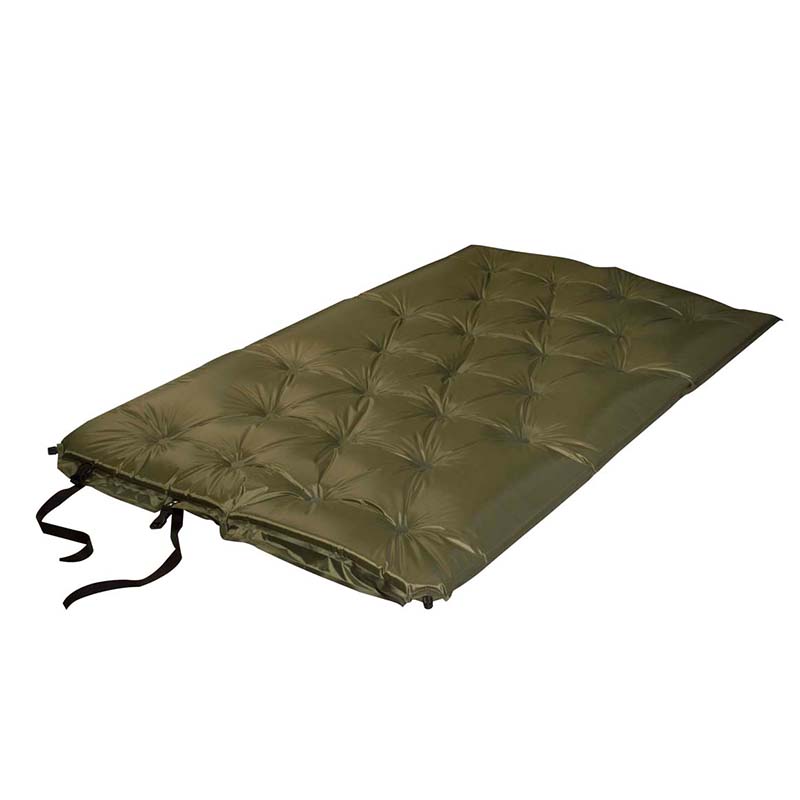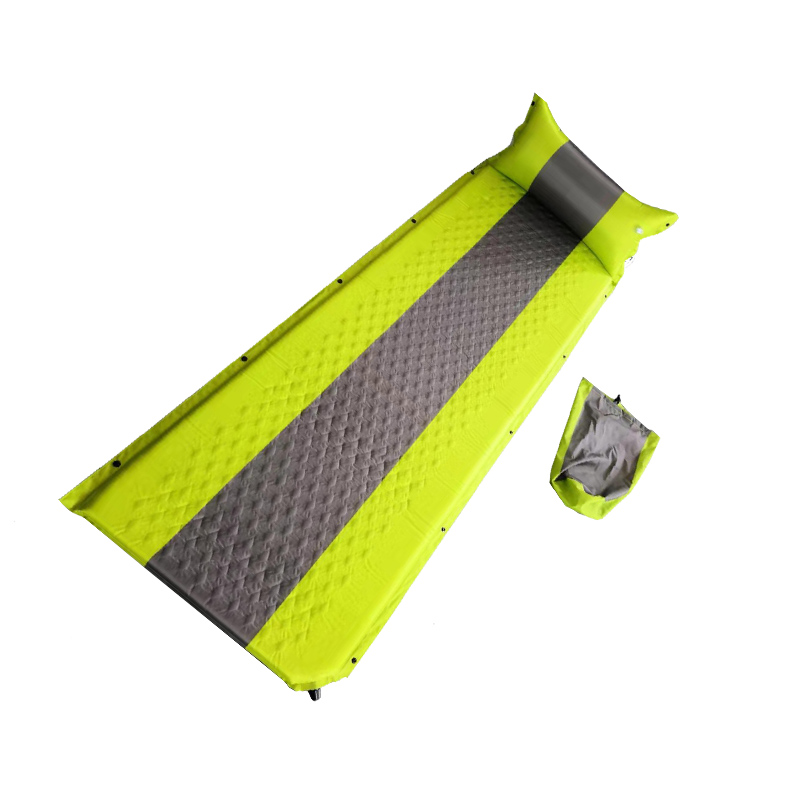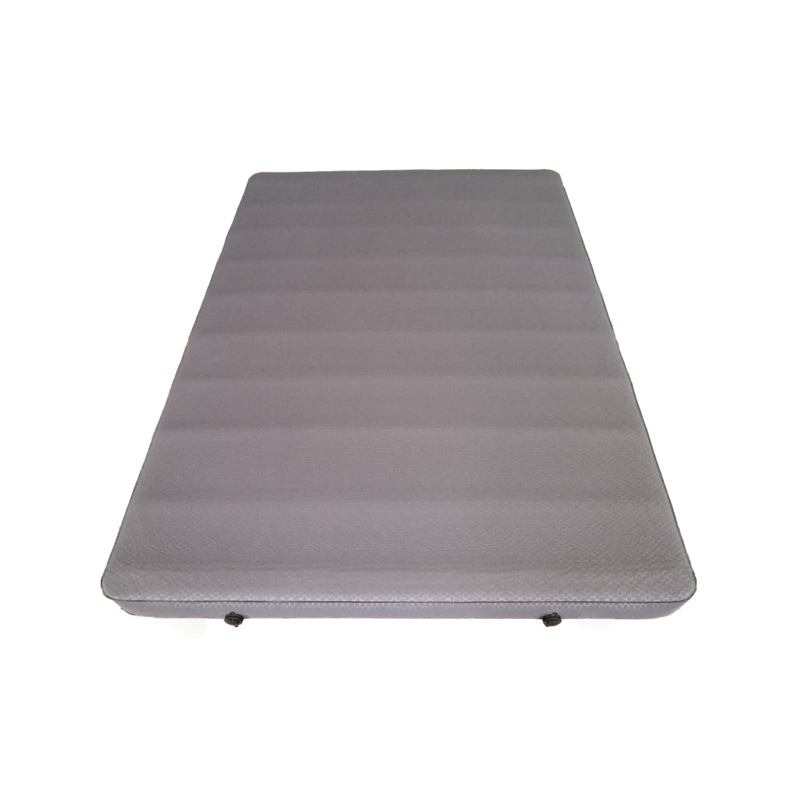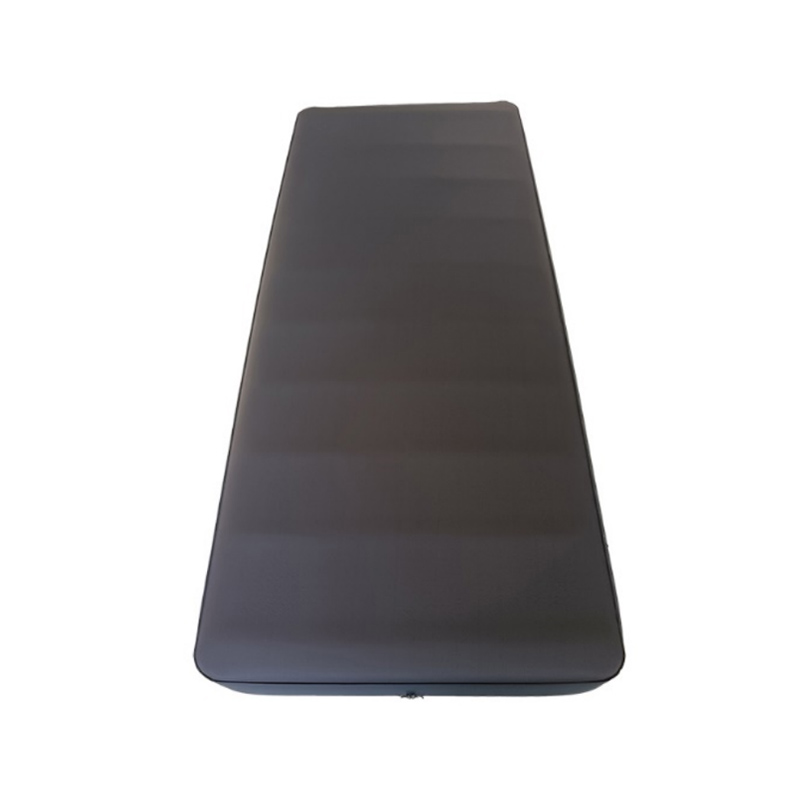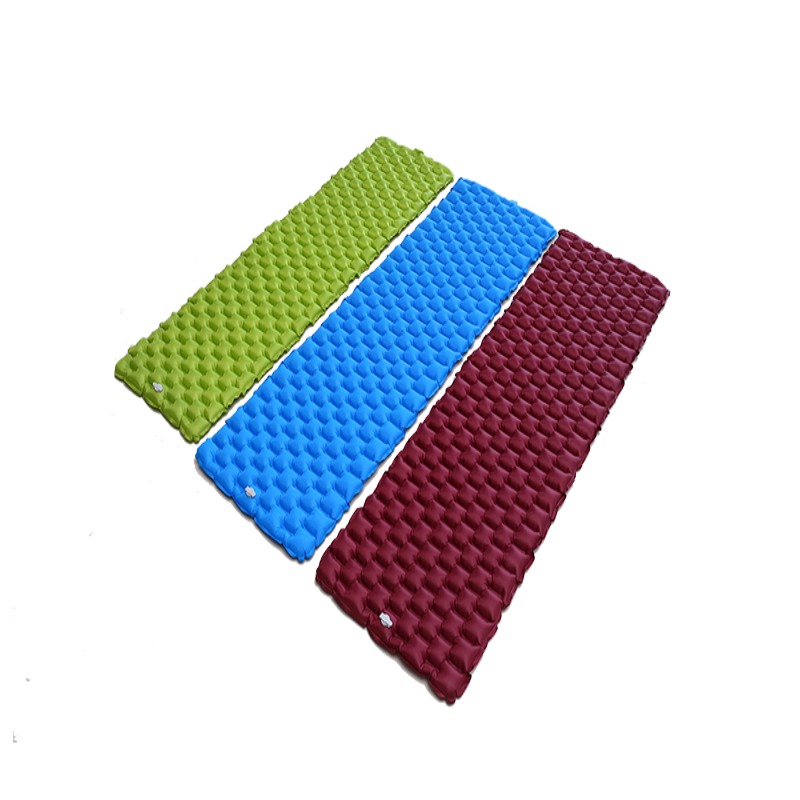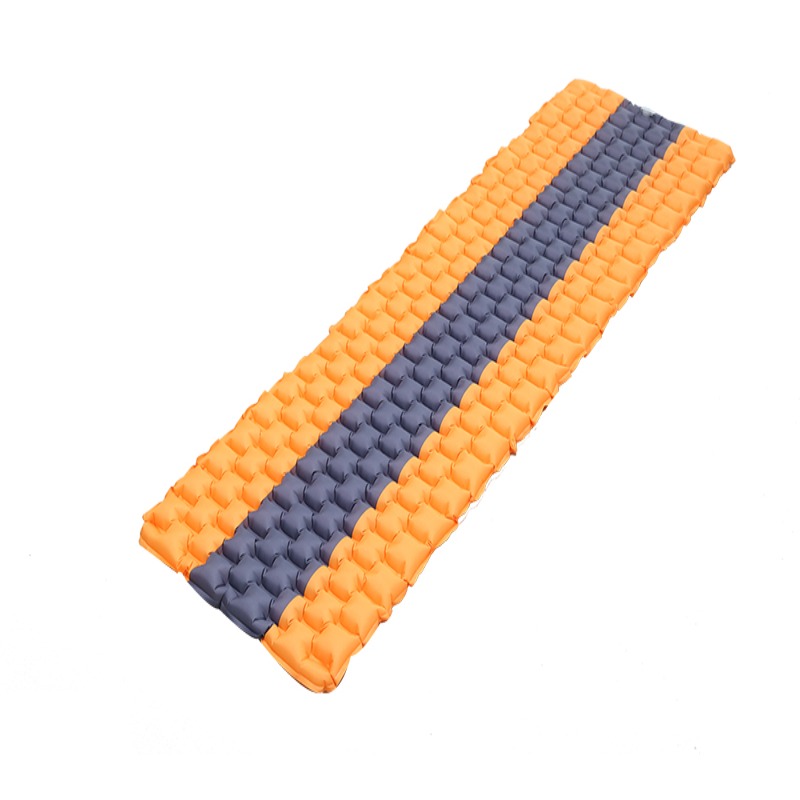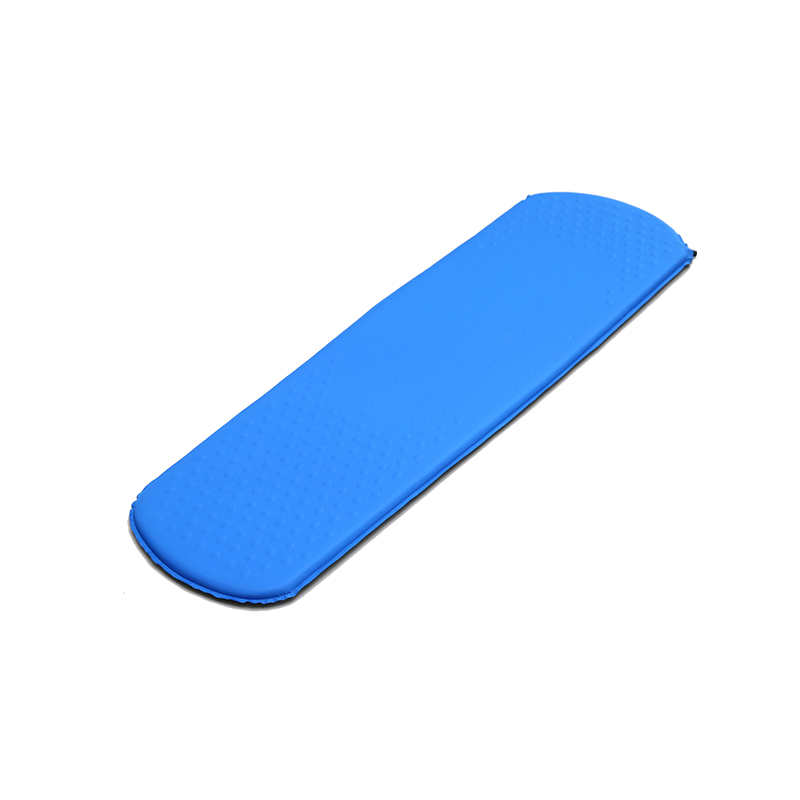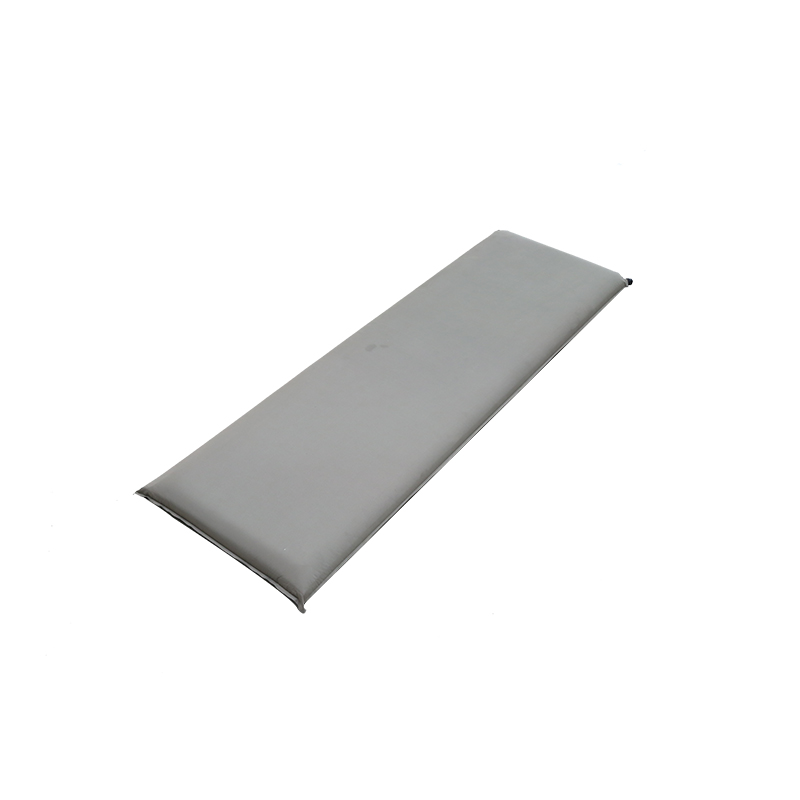Wholesale Cheap Air Sleeping Pad Exporter
In the realm of outdoor adventures, few things are as vital to a good night's sleep as a well-set-up Wholesale Air Sleeping Pad. Whether you're camping under the stars or embarking on a multi-day hiking excursion, the quality of your rest can make or break your experience. In this guide, we'll delve into the intricacies of setting up an air sleeping pad effectively, ensuring comfort and support throughout the night.
Before diving into the setup process, it's essential to familiarize yourself with the anatomy of your Wholesale Air Sleeping Pad. These pads typically consist of durable, lightweight materials such as nylon or polyester, with an internal chamber that inflates to provide cushioning and insulation from the ground. Some pads utilize advanced technologies like air cells or foam layers for enhanced comfort and support.
A crucial step in setting up your Wholesale Air Sleeping Pad is selecting an appropriate sleeping area. Look for a flat, debris-free surface that is large enough to accommodate your pad without any protrusions or sharp objects that could puncture it. Clear away any rocks, sticks, or other potential hazards to ensure a smooth and comfortable sleeping surface.
There are several methods for inflating an air sleeping pad, depending on the type of pad you have and your personal preference. Manual inflation using your breath is a common method, but it can be time-consuming and may leave you feeling lightheaded. Alternatively, you can use a pump or inflation sack for quicker and more efficient inflation. Some pads even feature built-in pumps for added convenience.
Finding the level of firmness for your air sleeping pad is essential for a comfortable night's sleep. Experiment with different inflation levels until you find the ideal balance of support and cushioning. Keep in mind that your firmness preferences may vary depending on factors such as your body weight, sleeping position, and personal comfort preferences.
Once inflated, carefully position your air sleeping pad within your tent or sleeping area. Ensure that it is centered and aligned with your sleeping bag to prevent any gaps or unevenness that could compromise your comfort. Take care to avoid placing the pad directly on top of any sharp objects or uneven terrain that could cause damage.
In colder conditions, proper insulation is key to staying warm throughout the night. Consider layering a closed-cell foam pad or an insulated blanket underneath your air sleeping pad to provide an additional barrier against the cold ground. This extra insulation can make a significant difference in your overall warmth and comfort, especially in less-than-ideal sleeping conditions.
To prolong the lifespan of your air sleeping pad and ensure consistent performance, proper maintenance is essential. After each use, carefully deflate the pad and store it in a dry, well-ventilated area away from direct sunlight. Periodically inspect the pad for any signs of damage or wear, and promptly repair any punctures or leaks using a patch kit or adhesive sealant.
Despite your efforts, you may encounter occasional issues with your air sleeping pad, such as leaks or uneven inflation. In such cases, troubleshooting techniques such as leak detection, patching, and adjusting inflation levels can help restore your pad to performance. Familiarize yourself with these troubleshooting methods to address any issues quickly and effectively.
Setting up an air sleeping pad is a fundamental skill for any outdoor enthusiast, ensuring a restful night's sleep regardless of the terrain or conditions. By understanding the nuances of pad setup, inflation techniques, and maintenance practices, you can enhance your comfort and enjoyment during your outdoor adventures. With proper care and attention to detail, your air sleeping pad will be a reliable companion for countless nights under the stars.

 简体中文
简体中文 English
English 日本語
日本語 Español
Español Deutsch
Deutsch